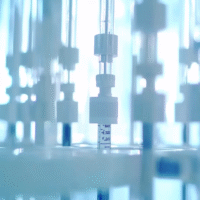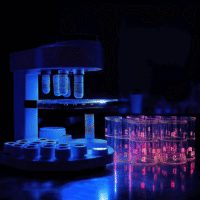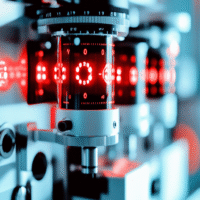Pain Control After Laparoscopic Appendicectomy in Children
Study Overview
This study compares two methods of pain control after laparoscopic appendicectomy in children: Laparoscopic-assisted Transversus Abdominus Plane block (L-TAP) and port site infiltration (PSI). It aims to find out which method is more effective in reducing pain and hospital stay.
Key Findings
- Participants: 49 patients received PSI and 41 patients received L-TAP.
- Age: Average age was 11.3 years.
- Pain Relief: Both groups required similar amounts of morphine and clonidine for pain management.
- Hospital Stay: Patients in the L-TAP group stayed in the hospital for about 2 hours less than those in the PSI group.
- Pain Scores: No significant difference in pain levels between the two methods.
Conclusion
Both L-TAP and PSI are effective for pain control after laparoscopic appendicectomy in children. L-TAP is easy to perform and safe, making it a good option for pain management. We recommend including L-TAP in clinical guidelines, especially when ultrasound guidance is not available. Most children with uncomplicated appendicitis experience low pain levels and mainly need simple pain relief.
Clinical Implications
Clinical trials are essential for developing safe treatments. Our AI-driven platform, DocSym, helps healthcare providers by integrating clinical protocols and research into an easy-to-use resource. This supports better patient care and operational efficiency.
Enhancing Healthcare with Technology
In today’s healthcare landscape, improving operations is vital. Our mobile apps facilitate scheduling, treatment monitoring, and telemedicine, helping clinics manage patient care more effectively. By leveraging AI, clinics can streamline workflows, improve patient outcomes, and reduce paperwork. Learn more at aidevmd.com.



























